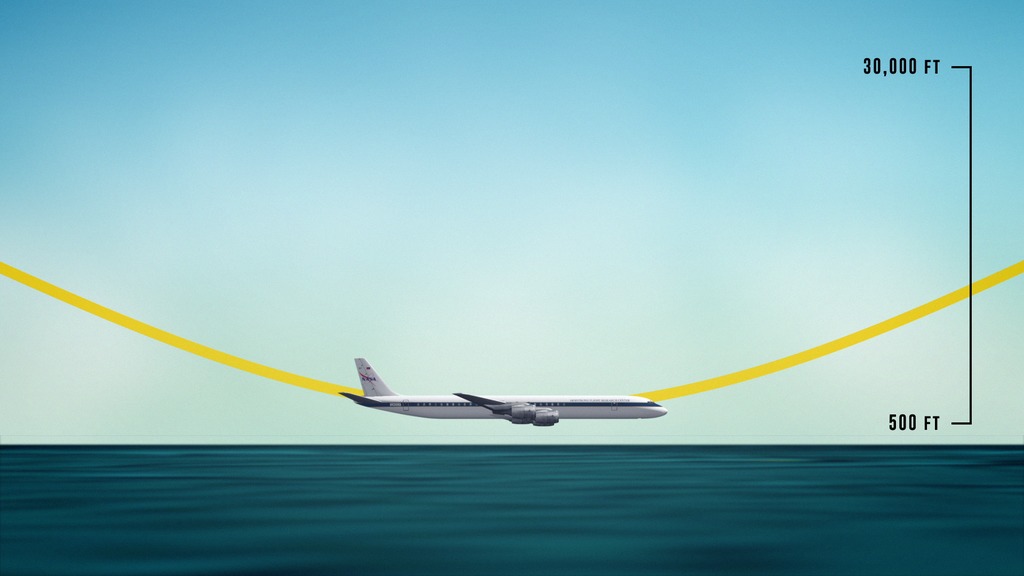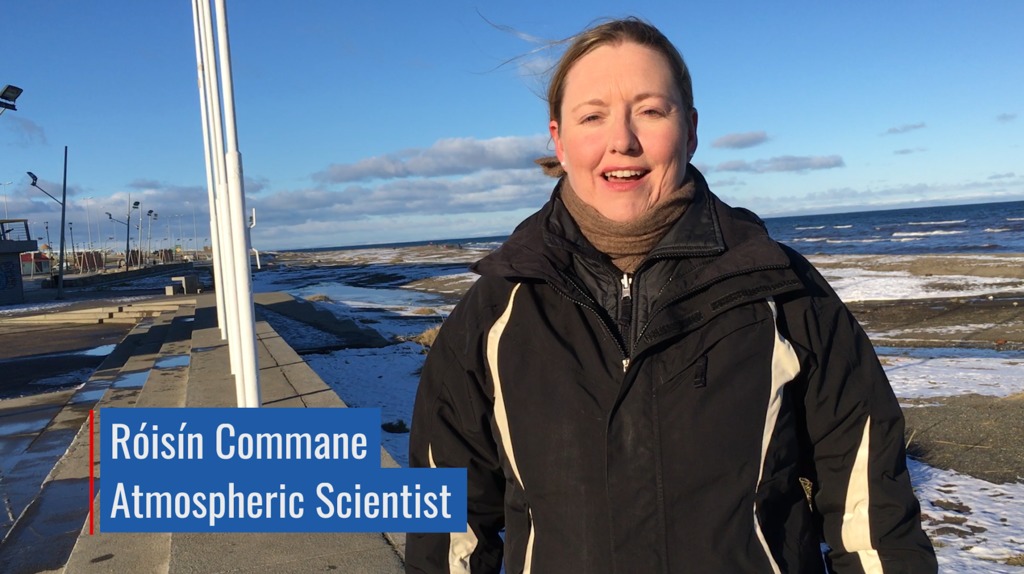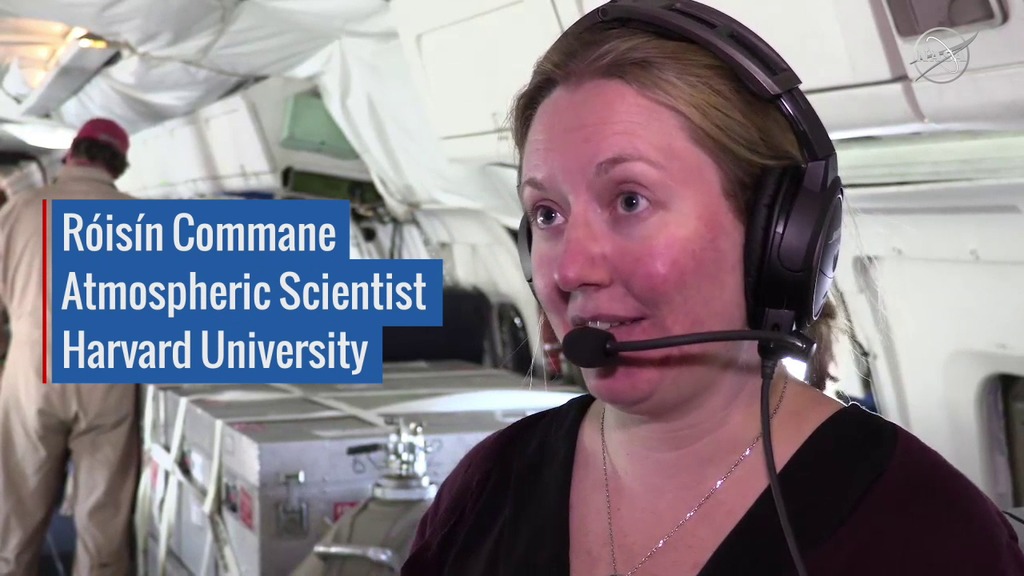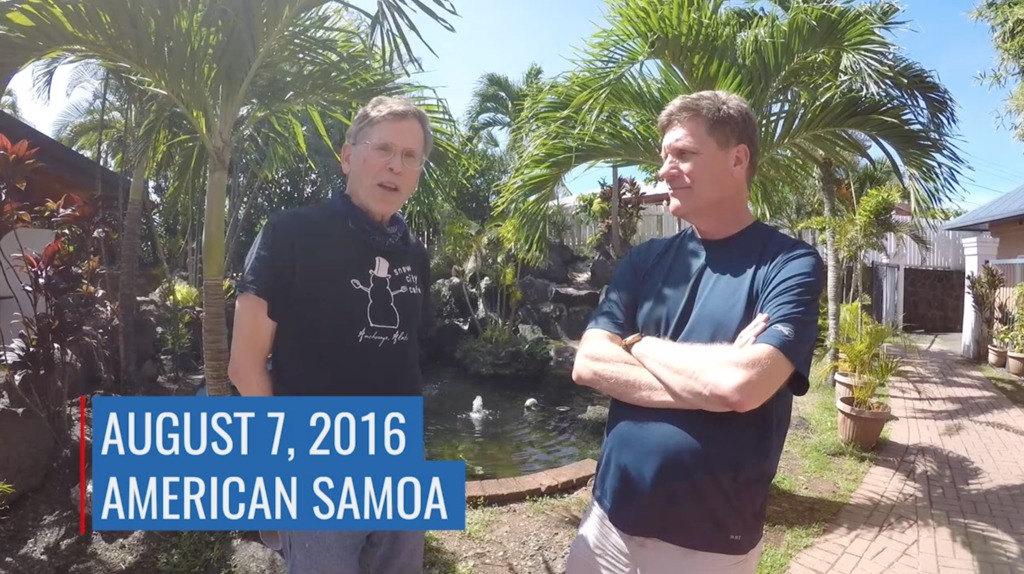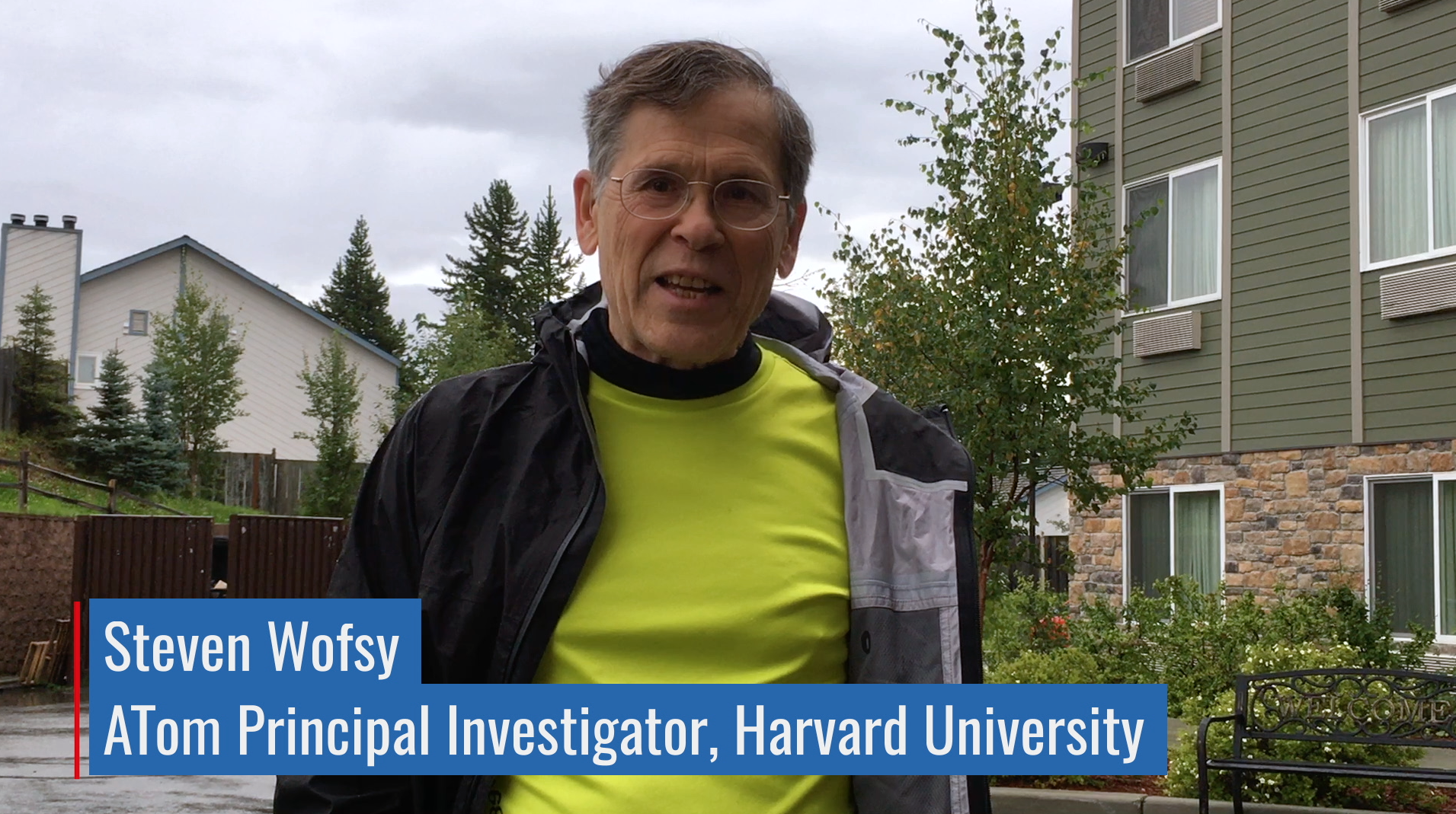ATom Postcard - Ascension Island to the Azores Islands
Atmospheric scientist Róisín Commane of Harvard University sent back a video postcard from Ascension Island and the Azores Islands, the seventh and eighth legs of the Atmospheric Tomography, or ATom mission. Flying over the Atlantic Ocean, the science team saw evidence of fires in Africa and dust from the Sahara.
Complete transcript available.
The ATom mission aboard NASA’s DC-8 aircraft and flying laboratory is sampling world-wide in one of the most extensive surveys of the atmosphere to date, measuring over 200 gases as well as airborne particles. The science team is particularly interested in methane, tropospheric ozone and black carbon particles, which have strong effects on climate and which all have both human and natural origins.
Credits
Please give credit for this item to:
NASA's Goddard Space Flight Center
-
Writer
- Ellen T. Gray (ADNET Systems, Inc.)
-
Producer
- Kathryn Mersmann (USRA)
-
Scientist
- Roisin Commane (Harvard University)
Series
This page can be found in the following series:Release date
This page was originally published on Thursday, March 16, 2017.
This page was last updated on Wednesday, May 3, 2023 at 1:47 PM EDT.
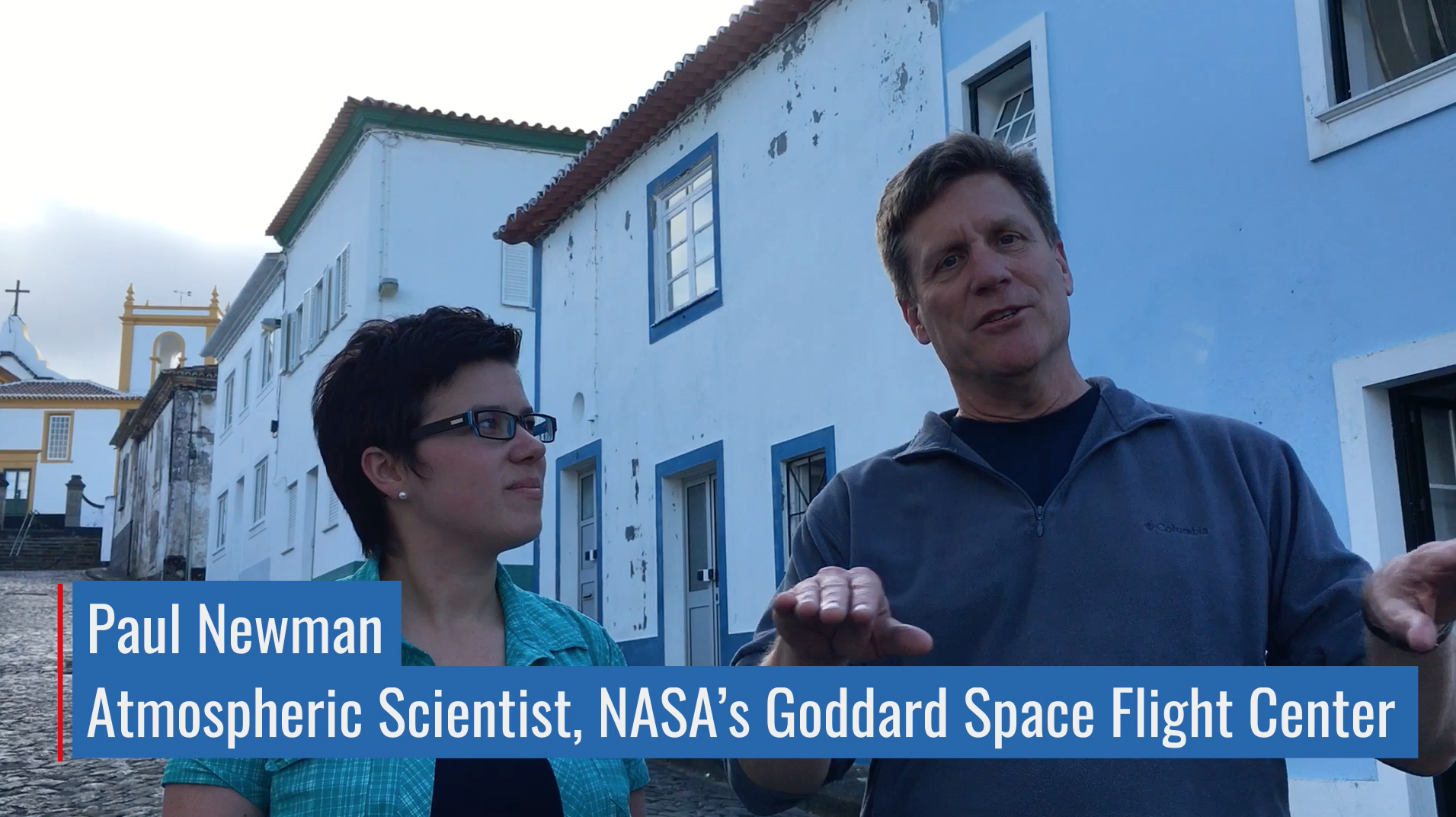
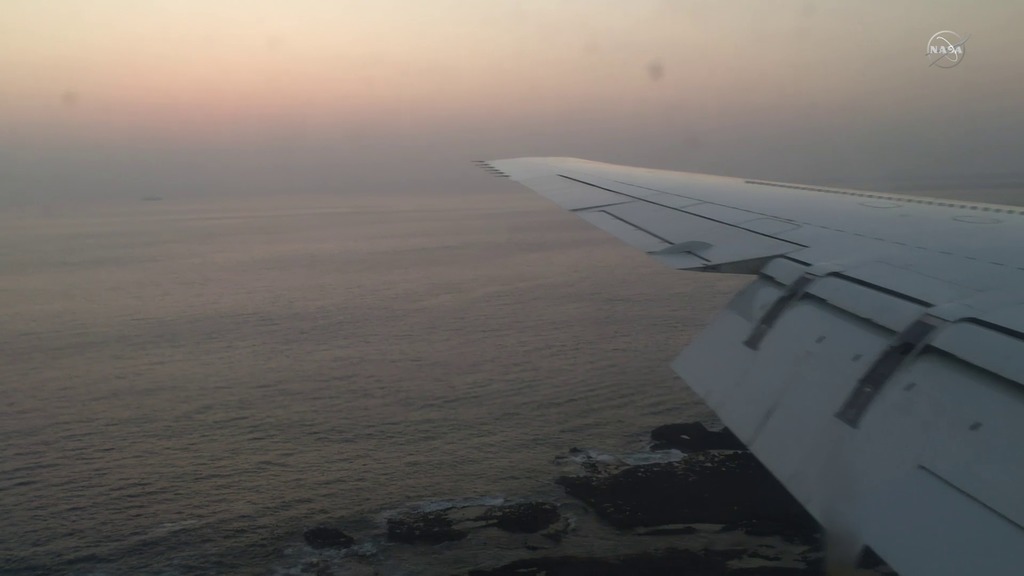
![On its second worldwide tour, the Atmospheric Tomography (ATom) team starts by surveying the north’s polar regions during winter, which is marked by a build-up of pollution from the United States, Canada, northern China, and Russia. In the spring, sunlight spurs chemical reactions that remove those pollutants and greenhouse gases from the atmosphere.Music credit: Ice Lands by Rik Carter [PRS]Complete transcript available.](/vis/a010000/a012500/a012508/LARGE_MP4-12508_ATom1_Alaska_large.00721_print.jpg)
